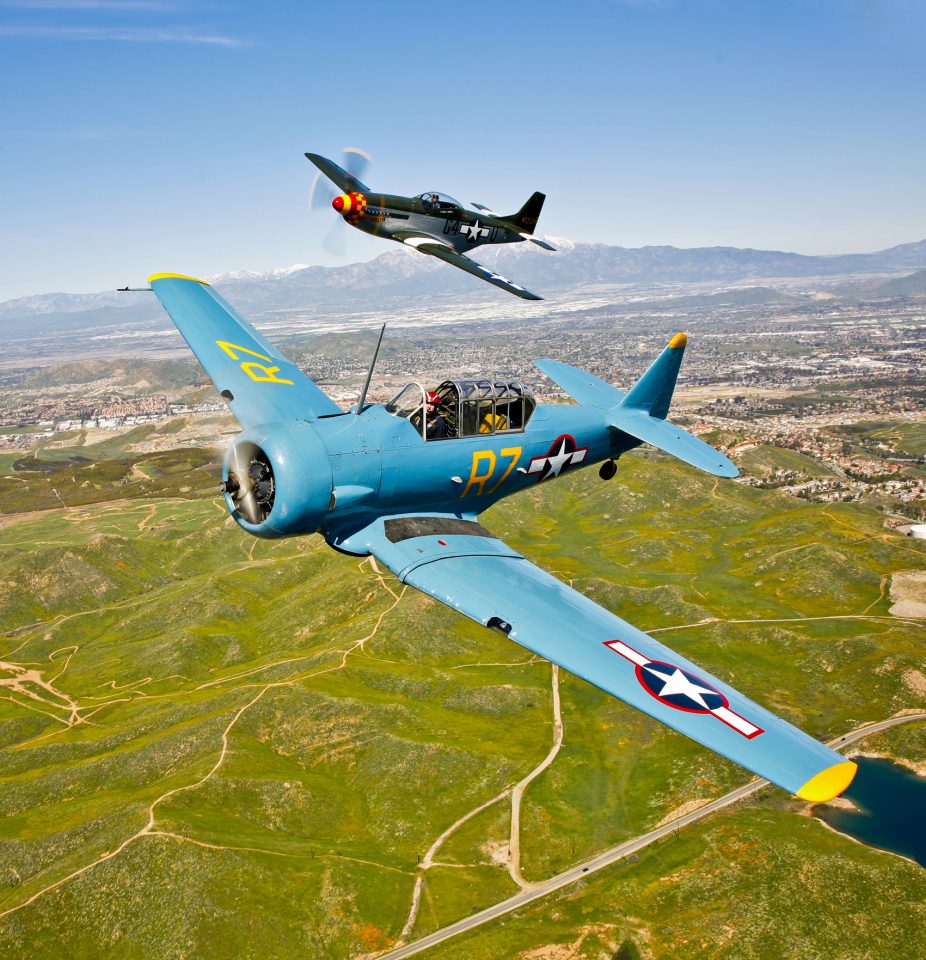
Have you ever considered what it’s like to fly in close formation with another aircraft? Most pilots and aviation enthusiasts have marveled at the coordination and skill of formation aerobatics groups like the U.S. Navy Blue Angels or U.S. Airforce Thunderbirds, teams that make formation flying look effortless. The truth is, flying in formation is far more difficult than it looks from the ground, and one wrong move could spell disaster. Here’s a closer look at what it takes to achieve the art of formation flying.
Formation flying has roots in military training, with pilots using formations during combat for mutual defense and protection, navigation, and concentration of firepower. In general, formation flying consists of a flight leader and at least one wingman. The flight leader is usually the most experienced pilot and handles all navigation, communication, airspace, and decision-making for the group. Meanwhile, the wingmen must align with the lead aircraft and remain in a constant, precise position relative to the other aircraft in the formation.
However, formation flying isn’t just practiced by the military. Civilian pilots can also learn formation flying to be used for cross-country trips, aerial photography, troubleshooting problems for other airplanes, or for demonstration at fly-ins or airshows. Signatory organizations like the Formation and Safety Team (FAST) conduct training clinics or lessons several times a year to teach pilots safe formation flying in restored, vintage military aircraft or civilian aircraft.
Flying in formation requires plenty of education, training, practice, and skill. But perhaps the most important aspect of safe formation flying is trust. The flight leader trusts that the wingmen will stay in position, while the wingmen trust the leader to direct them safely through the skies. Formation flying is a great way to build group camaraderie, and many pilots flying the same types of aircraft enjoy arriving in a mass formation to major fly-ins like EAA AirVenture in Oshkosh, Wisconsin.